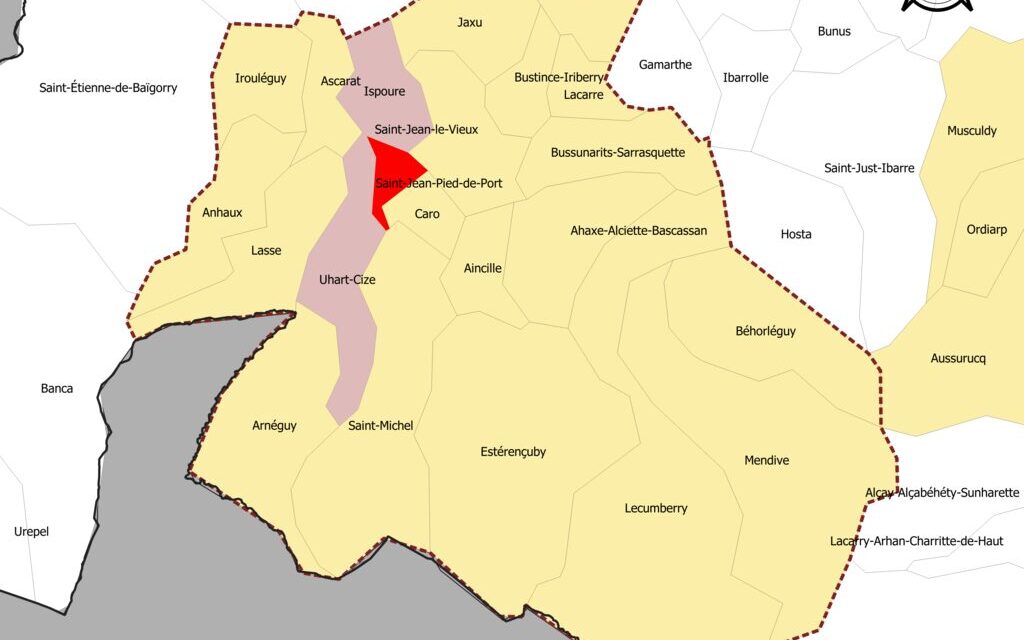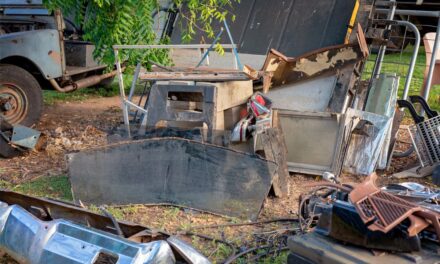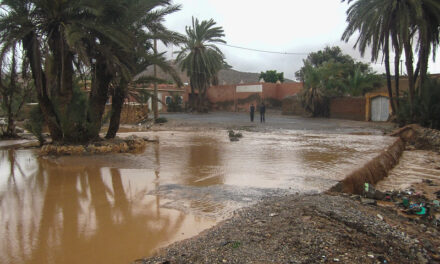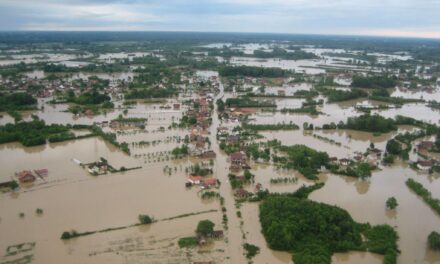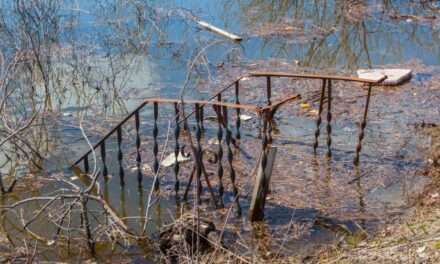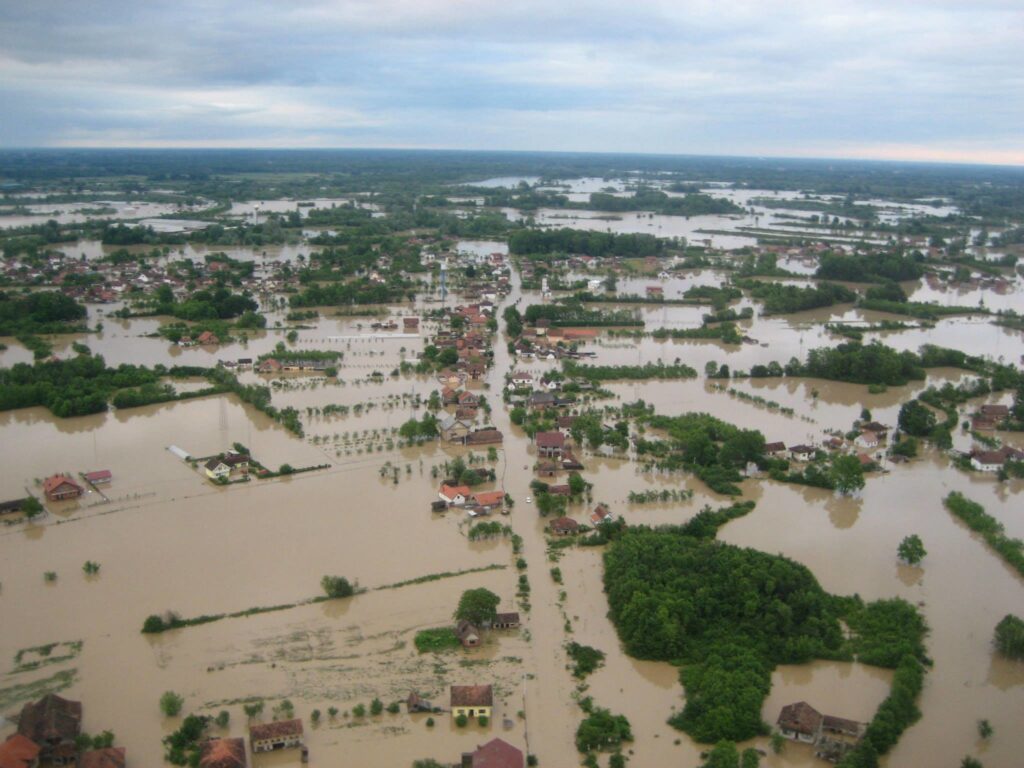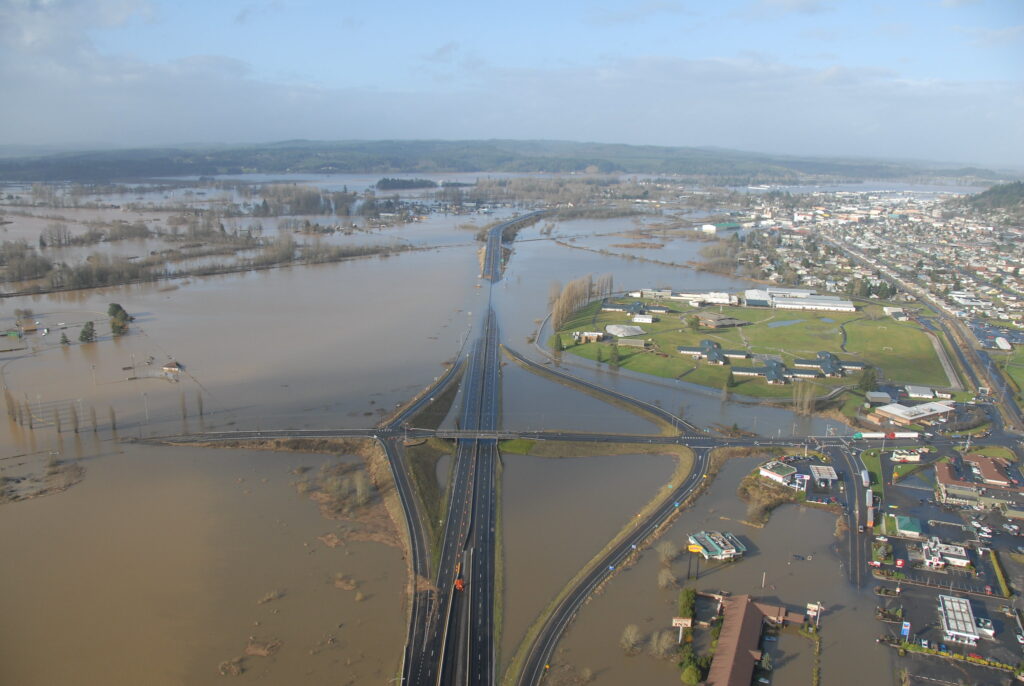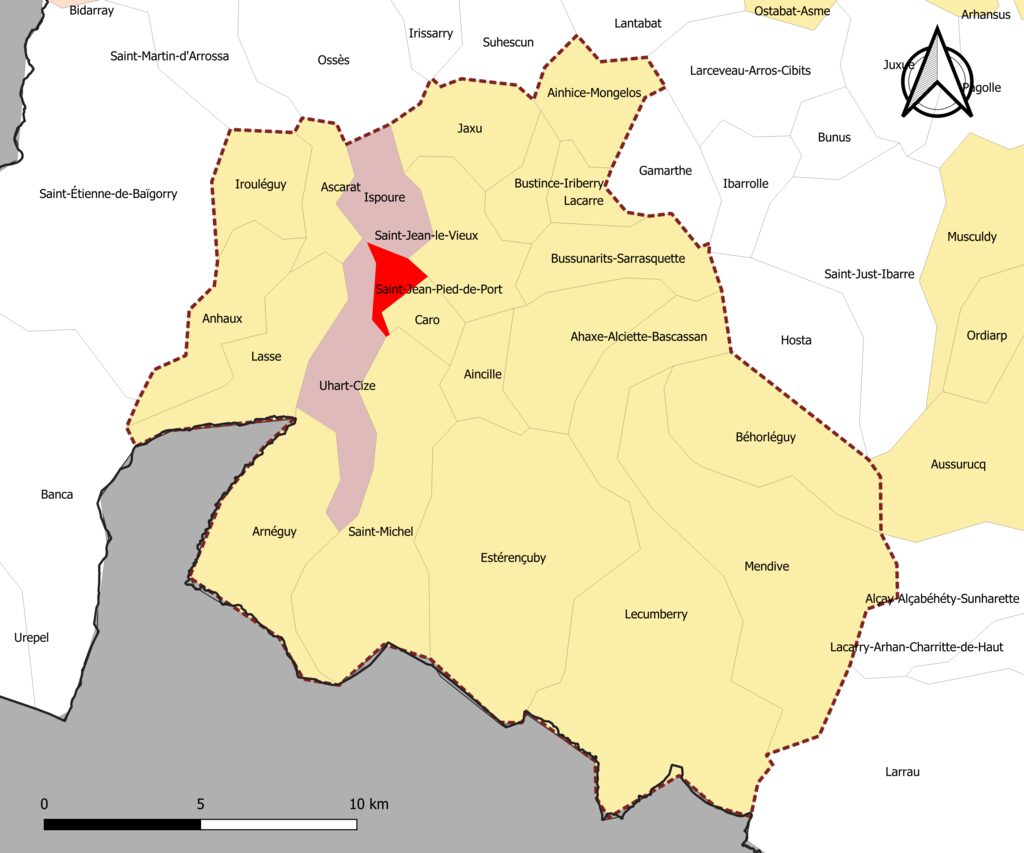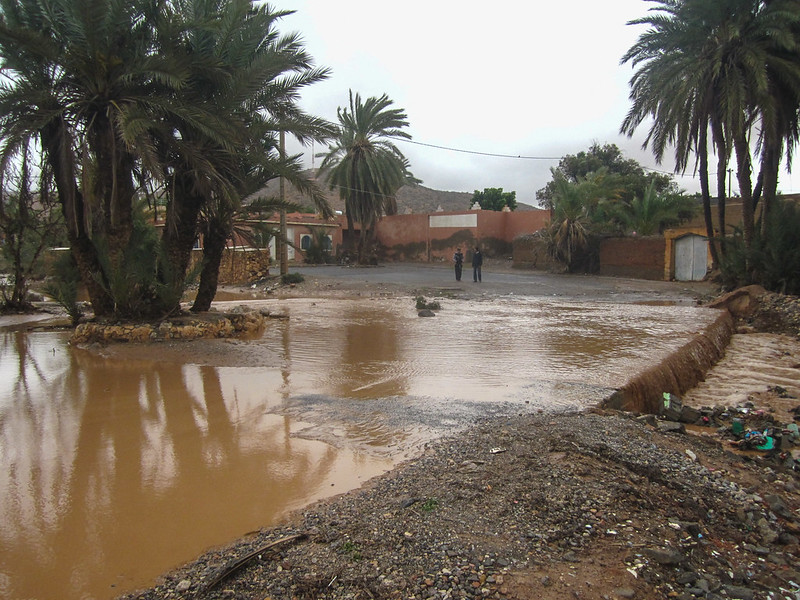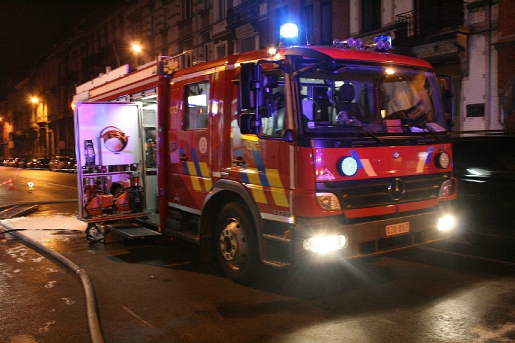On September 7, devastating floods hit the Pyrenees. Torrential rains caused significant damage. As a result, several roads to Spain were closed, disrupting traffic and trade. These floods have a direct impact on the lives of residents, the local economy, and safety. In this article, we inform you about the details of these floods, the consequences for residents and travelers, the most affected areas, and the protective measures to adopt.
Analysis of the September 7 Floods in the Pyrenees
On September 7, 2024, torrential rains hit the Pyrenees. Quickly, local rivers overflowed, causing floods. Indeed, Météo-France recorded up to 150 mm of rain in less than 24 hours in some areas. Immediately, authorities issued red alerts and advised residents to stay sheltered.
Thus, the floods forced the closure of several roads to Spain. Consequently, French and Spanish authorities assessed the damage and sought to reopen the roads. The Ministry of the Interior specified that road safety had to be checked before reopening. This verification concerns bridges and essential communication routes. Meanwhile, dozens of villages and small towns remain isolated, with supply difficulties.
Latest Key Figures and Official Statements
Local authorities evacuated more than 500 people from their homes because of the floods. At the same time, the prefecture of Pyrénées-Atlantiques confirmed the closure of roads D918 and D934. These two roads are major routes for cross-border trade. In addition, about 300 motorists were stranded and had to be rescued by firefighters.
Jean-Jacques Lasserre, president of the departmental council of Pyrénées-Atlantiques, stated: “The floods of September 7 remind us of our region’s vulnerability to extreme climatic events.” He also emphasized the need to strengthen resilience against natural disasters. This statement reinforces the importance of prevention and risk management.
Impacts and Consequences of the Floods
The floods of September 7 had major consequences for the region and its inhabitants. Here are the main impacts:
- Transport disruption: The closure of roads to Spain caused significant traffic jams and delays. Heavy goods vehicles transporting merchandise were blocked, affecting trade exchanges.
- Material damage: The floods damaged several homes, businesses, and public infrastructure. Preliminary assessments estimate the damages at several million euros.
- Economic impact: The tourism and hospitality sectors suffered greatly. Road closures and reservation cancellations caused a significant loss of revenue.
- Health risks: Stagnant waters increase the risk of waterborne diseases. Local authorities recommend not consuming untreated water.
- Community disruptions: Evacuations and damages caused anxiety and uncertainty among residents. Local communities are organizing to help those affected.
Most Affected Areas
Here are the areas most affected by the floods:
- Saint-Jean-Pied-de-Port
- Urdos
- Etsaut
- Accous
- Col du Pourtalet
- Vallée d’Aspe
- Vallée d’Ossau
Solutions to Protect Against Floods
It is essential to take protective measures against floods. Here are five practical solutions to consider:
- Install flood barriers: These removable barriers prevent water from infiltrating homes and buildings.
- Elevate electrical and heating appliances: This measure reduces the risk of damage in the event of flooding.
- Create drainage systems around the property: Good drainage keeps water away from the house foundations.
- Plan emergency evacuations: A quick evacuation plan in case of rising waters can save lives.
- Use sandbags: Sandbags placed around doors and windows protect against water infiltration.
Article Sources
- Météo-France – www.meteofrance.com – ★★★★★
Main source of meteorological data. Provides accurate and real-time updated information. - Ministry of the Interior – www.interieur.gouv.fr – ★★★★☆
Reliable information on road closures and safety directives. - Prefecture of Pyrénées-Atlantiques – www.pyrenees-atlantiques.gouv.fr – ★★★★★
Details on emergency measures and local impacts. - France Bleu – www.francebleu.fr – ★★★☆☆
Local information and testimonies from affected residents. - Jean-Jacques Lasserre, President of the departmental council of Pyrénées-Atlantiques – [Public statements on local media] – ★★★★☆
Quotes on the political response to the floods.
Conclusion
In conclusion, the floods of September 7 in the Pyrenees highlight the importance of preparation for natural disasters. The impacts on daily life, the economy, and safety underline the need for preventive measures. Local and national authorities must collaborate to strengthen the region’s resilience. Moreover, it is essential that residents take measures to minimize flood risks. Reflect on these events, take action to protect yourself, and stay informed about future developments.
